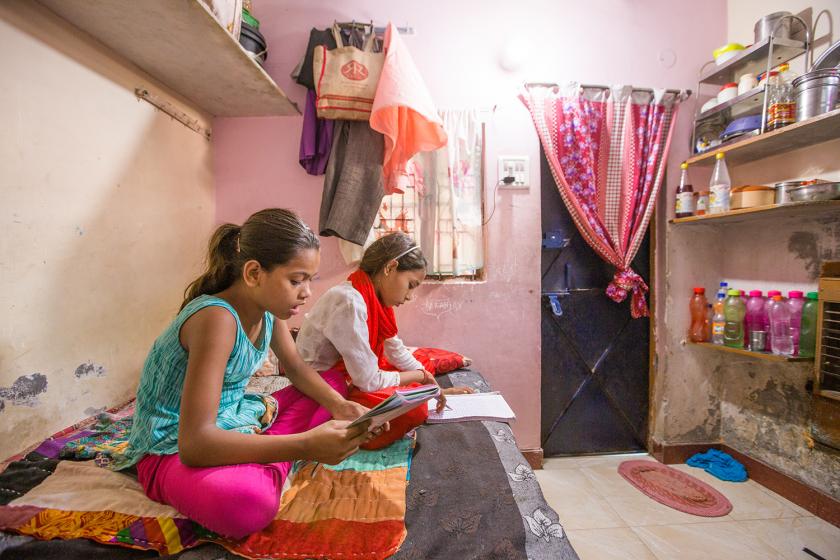A prior research report of LEDinside has pointed out that the scale of India’s LED lighting market is growing rapidly on the back of the Indian government’s policy to turn the country into an export hub for lighting products and the international lighting brands’ plan of setting up R&D and production centers in India. By 2020, the Indian LED lighting market is forecasted to grow to US$1.715 billion.
Promoting LED lighting replacement from conventional lighting is also one of the main approaches for the India government to diminish the country’s carbon emission. According to the United Nation Environmental Programme, India plans to cut down its carbon footprint by 33-35 percent from its 2005 levels by 2030. Improving energy efficiency thus becomes essential for the country. And replacing conventional lighting to LED lighting for domestic and public uses is one of the fundamental ways to enhance efficient energy consumption in India.

(Image: UN Environment)
Energy Efficiency Services Ltd, a joint venture of four public sector enterprises in India, has taken actions to expand the market for LED lighting by buying the bulbs in large quantities to reduce the cost of LED bulbs to make them more accessible for low-income families. The public-private venture aims to replace 770 million compact fluorescent bulbs by March 2019 and as of now, it has distributed over 300 million LED bulbs.
Energy Efficiency Services Ltd has also initiated the Street Light National Programme in 2015, planning to replace conventional street lighting with automated LED alternatives in 24 of India’s 29 states. The state government of Andhra Pradesh has been pushing the implement of smart street lighting and Alert management System (AMS) in the state to manage the complaints for LED streetlights. The project is ordered to be completed by the end of December with 1 million LED lights installed for the first phase.
Public projects have accounted for the largest share of India’s LED lighting market at over 35 percent with the government aggressively pushing the replacement of conventional lighting to LED lighting. Small retailers operating in local communities are also an important channel for the LED lighting market. Currently, LED lightings account for 75 percent of sales against 15 percent for compact fluorescent bulbs, according to UN Environment.





 CN
TW
EN
CN
TW
EN






